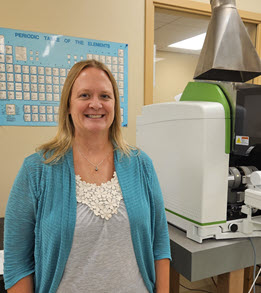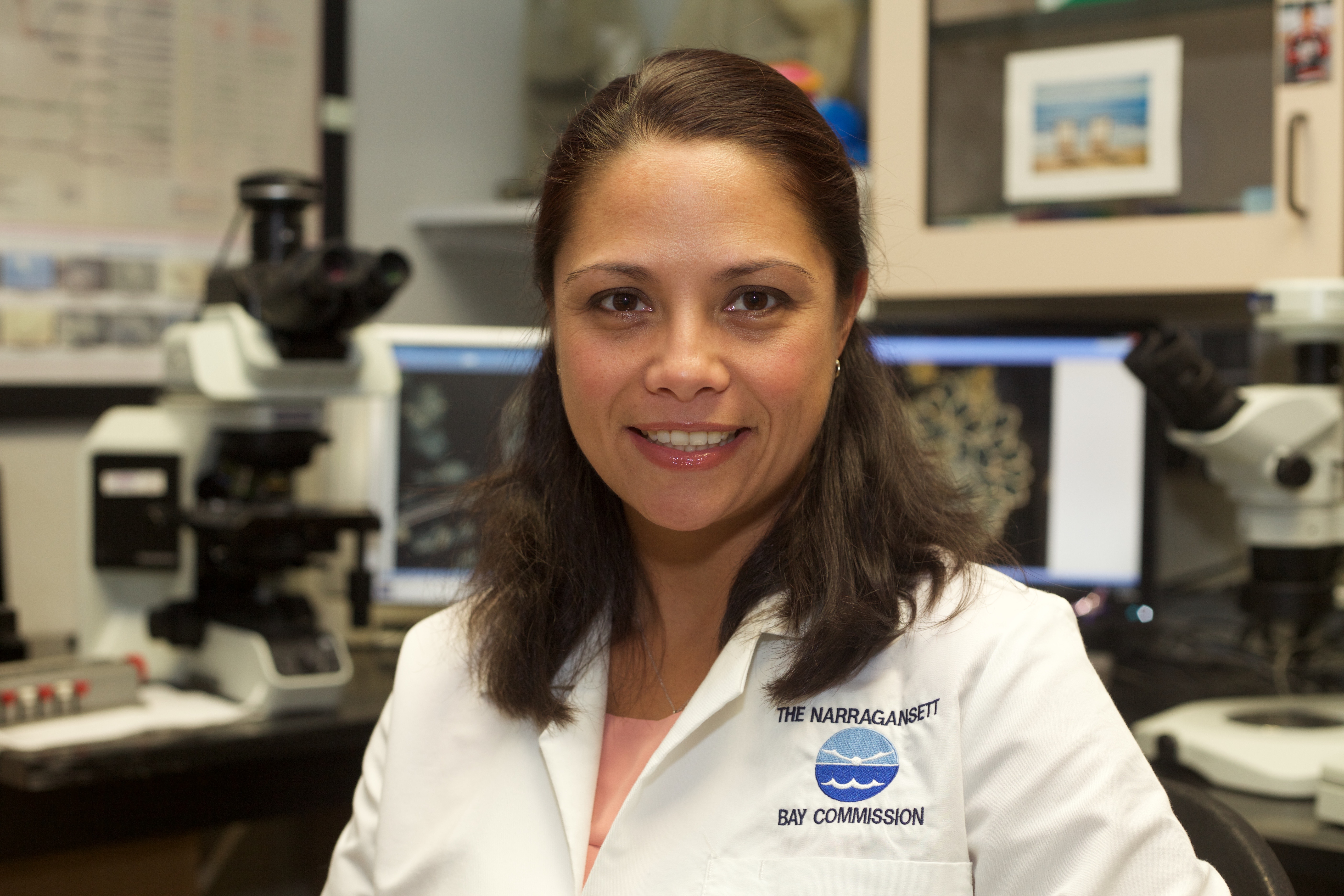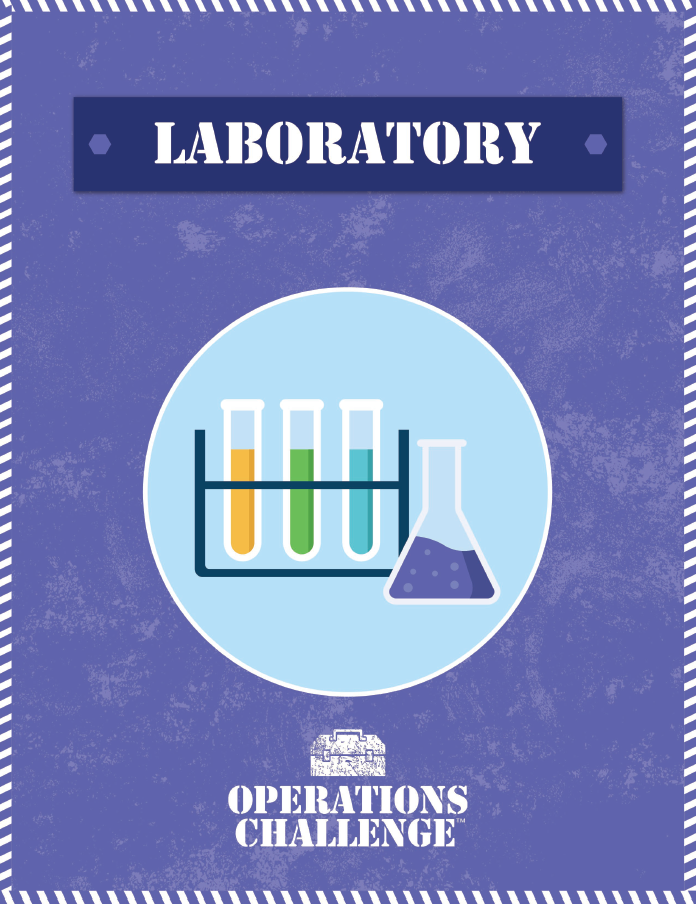OC Laboratory


| Event Coordinator | Event Vice-Coordinator |
| Melodi Clark Surveillance Lab Manager Wastewater Chemist City of Columbus | Nora Lough |
 |  |

2025 Laboratory Event Description | Laboratory Event Tutorial*NEW 11/2025 Tutorials should be used as an overall suggestion not 100% accurate |
| Bench Sheet and Calculations | Equipment Purchase | Tables | |
| Chlorine Bench Sheet | Discount Codes for Hach purchases (20% off) US - LABTEST | Table Layout | |
| Phosphate Bench Sheet | |||
| Calculations for the PO4 and CL2 solution/concentration | |||
| 10209 instructions | |||
**These videos are for informational purposes only and may not necessarily be a clean run.
Questions are accepted up until 9/18/26. Questions can be asked at the pre-competition meeting on Monday, September 28 in New Orleans
| Question | Answer | Date |
